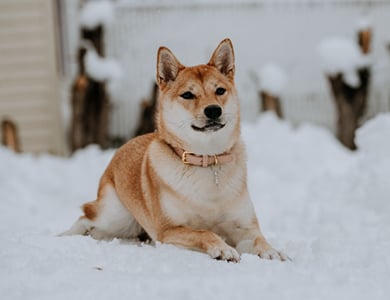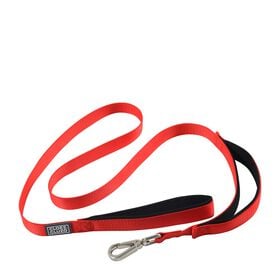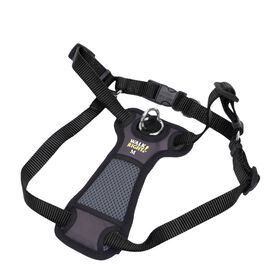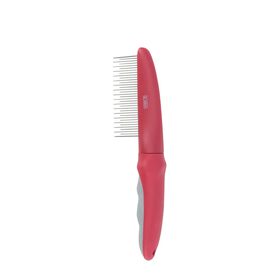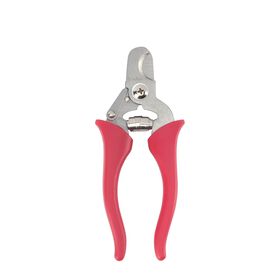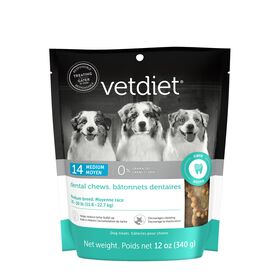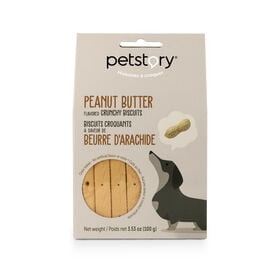
The shiba inu: Japan’s national treasure
Published February 23, 2021.

Jean-Christophe Boulinguez
Canadian Kennel Club Conformation Judge
In Japan, shiba inu means small dog. It is the smallest of the six original breeds of dog native to Japan. The following Japanese breeds are cousins of the shiba inu: akita inu (not to be confused with the American akita), kishu, Hokkaido, Shikoku and Kai ken. Although the six breeds are similar in appearance, they are quite different from one another. Since the shiba inu is the most popular breed in Japan, it’s worth learning more about.
Physical appearance
The shiba inu is a small spitz breed of dog. It’s not entirely square, but is a well-balanced dog with a sturdy build. It has firmly pointed ears, dark upward slanting eyes, a tapered muzzle and a stiff, straight outer coat that gives it a fox-like appearance. Males and females exhibit strength and elegance, without being coarse or overly delicate, but they are distinctly different. The shiba inu gives an overall impression of spirited boldness, good nature, vigilance and agility.
Males are 39.5 cm (15½ in.) and females are 36.5 cm (14½ in.) at the withers, with a tolerance of 1.5 cm (5/8 in.) shorter or taller. Males usually weigh approximately 10 kg (22 lbs) and females approximately 8 kg (18 lbs). The shiba inu is double coated, with the outer coat being stiff and straight and the undercoat, soft and thick. Guard hairs stand off the body and are about one inch in length, and longer at the withers and the base of the neck. Tail hair is also slightly longer, without being overly long or bushy. The only acceptable colours for the breed are red (rust), sesame and black and tan. The colours are vivid and bright, with a cream, buff or grey undercoat.
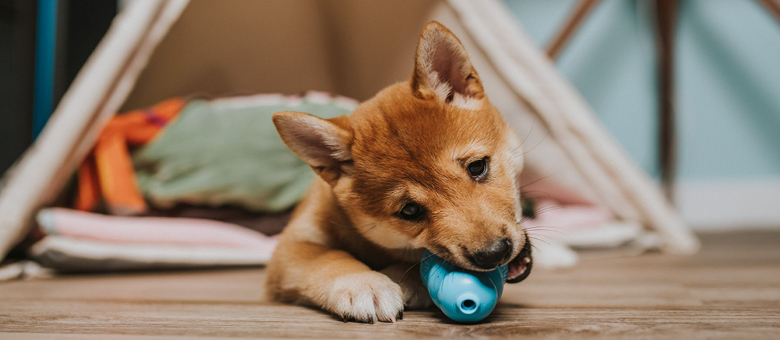
Life expectancy and health
These dogs have an average lifespan of 12 to 15 years. Exercise, in particular daily walks, is recommended for the breed to live a long and healthy life. The oldest known shiba died at age 26 in early December 2011.
Overall, the shiba is a small, sturdy, healthy breed. These dogs are able to withstand the rigours of outdoor living, but also enjoy the comforts of home. They are easy to maintain and do not require a special diet other than high-quality commercial food. Like cats, their agility and resilience make them highly resistant to injuries, and their symmetrical size and proportions reduce the risk of developing conditions caused by structural imbalance.
However, like all breeds, the shiba inu is not immune to health problems, the most common of which include allergies, glaucoma, cataracts, hip dysplasia, entropion and luxating patella. Periodic examinations are recommended throughout the dog’s life to identify potential health issues. It is also recommended that eye tests be performed yearly, since eye problems can develop over time. By age 2, the shiba can be considered fully free from joint problems, if none have been discovered through X-rays, since the skeleton is fully developed at this age.
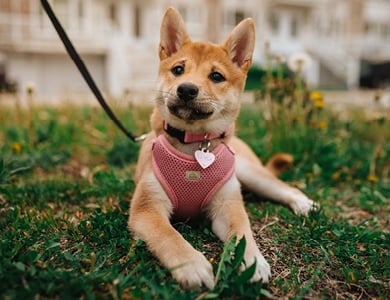
Energy level and temperament
Most shibas are fairly energetic and love to go for walks. They’re not so hyper that they will climb the walls if they don’t get daily exercise, but a shiba owner should be dedicated to walking the dog several hours a day, especially if it doesn’t have a suitable yard to expend its energy. In general, shibas are not overly destructive if left alone once they reach adulthood, but some can exhibit separation anxiety and should be able to spend periods of time crated, even when the owners are home and at night.
Shibas tend to be independent and reserved with strangers, but they are nevertheless affectionate dogs. Shibas are also a relatively fastidious breed that likes to keep itself clean. They can often be seen licking their paws like cats. One thing that shiba owners should know is that a shiba should never be considered reliable when off-leash in an area that is not fenced in. No obedience training will ever change this. Leaving a shiba—or any dog, for that matter—off-leash is like playing Russian roulette. An open or unlocked door, a moment of distraction, and the shiba may be gone forever. However, on the positive side, a shiba is practically potty trained from birth. At 5 weeks, most shiba puppies are able to hold it all night and wait to be taken outside to do their business. Bladder control takes a bit more time, and depends a great deal on immediate access to the outside and the owner’s diligence.
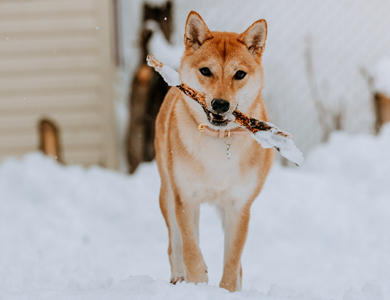
Maintenanceand grooming
Shibas lose a great deal of hair. Officially, they shed twice a year, but some owners find the shedding season lasts six months. It is important to brush your shiba regularly to remove dead hair before it gets all over your floor and sofa. Shiba hair doesn’t tangle easily, but it’s important to brush and comb the dog’s coat all the way down to the skin. Shibas, like many breeds, are not fond of having their nails trimmed. However, when trained at a young age, they get used to this part of grooming more easily. Since the shiba is a generally clean breed, a bath is needed only occasionally, or if the dog gets dirty after playing outside.
Origins
Originally, the shiba inu was bred to hunt birds & small animals and was sometimes used to hunt boar. Today, shibas are kept mainly as pets, in Japan and the U.S. The cradle of the breed is in the mountainous regions opposite the Sea of Japan. Depending on where the breed originated, there were small physical differences between the subjects of the breed.
The shiba’s ancestors may have accompanied the earliest immigrants to Japan around 7,000 BC. Archeological excavations of the shell mounds left by the Jomonjin showed that they had small dogs the size of shibas. In the 7th century AD, the Yamato Court established a dogkeeper’s office that helped maintain the Japanese native breeds as an integral part of Japanese culture. Although the country was closed to foreigners through the 17th and 18th centuries, some European dogs and a breed known as the Chinese chin were imported and crossed with native dogs living in the more populated areas. Dogs in the countryside, however, remained relatively pure.
Originally, there were three main types of shiba inu, named for the regions where they originated. Although similar, the shibas of each region contributed to the modern breed. World War II was almost disastrous for the breed, and most dogs that survived the bombings developed post-war distemper. After the war, shibas were brought from the remote countryside, and breeding programs were developed to help revive the breed after its near-extinction. Today, the breed is just as popular in Japan and is gaining in popularity all over the world.
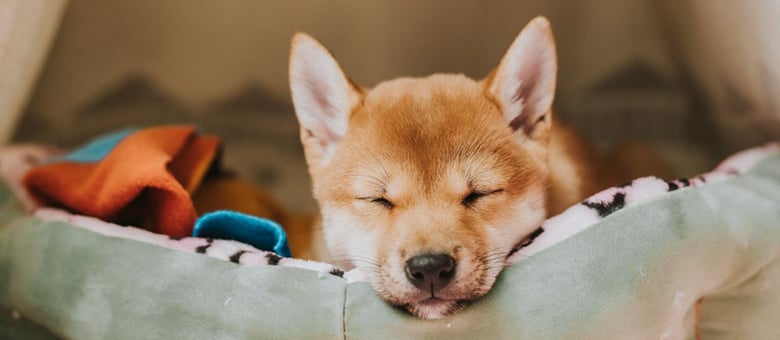
For more information, contact a registered breeder at the Canadian Kennel Club, who can answer all your questions. You can also contact the organization for information on breeders and the various breed clubs in Quebec and elsewhere in Canada.
Photos credit : Layla.shiba.inu
